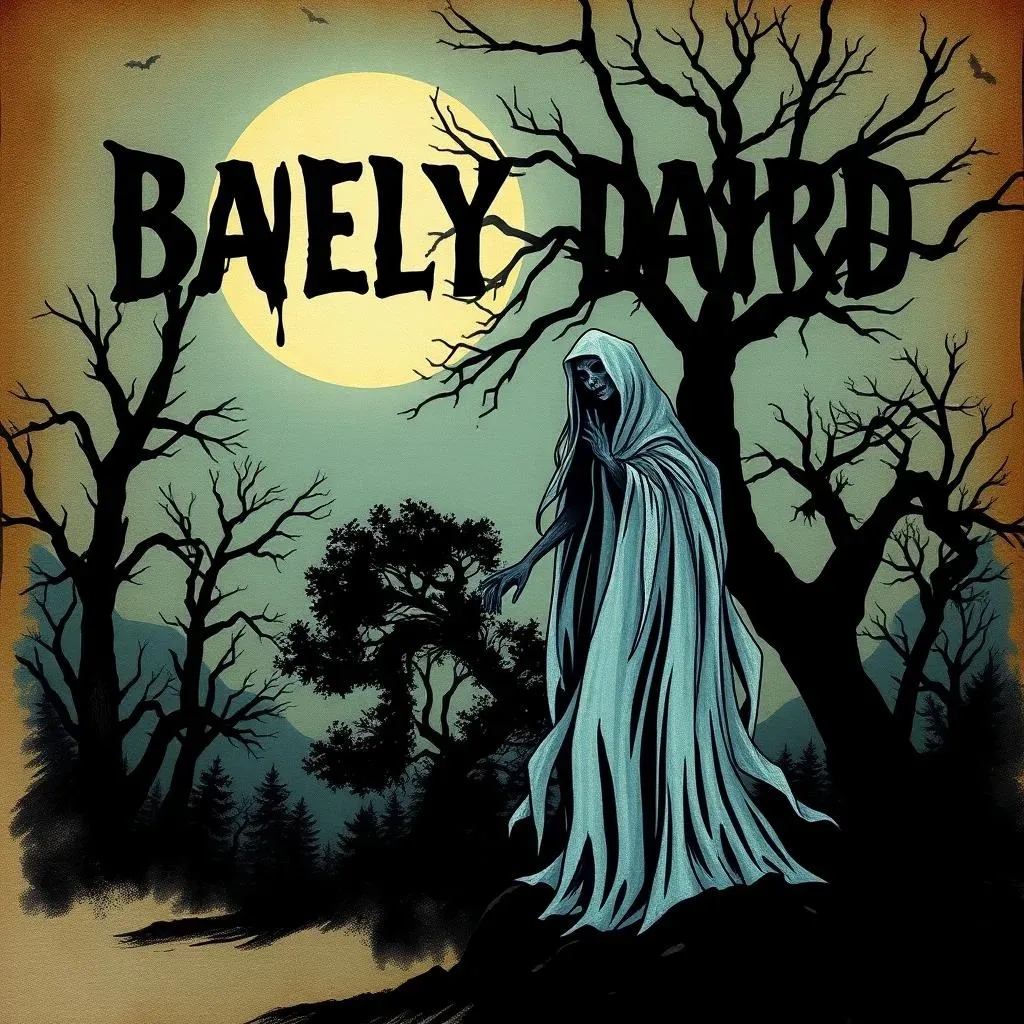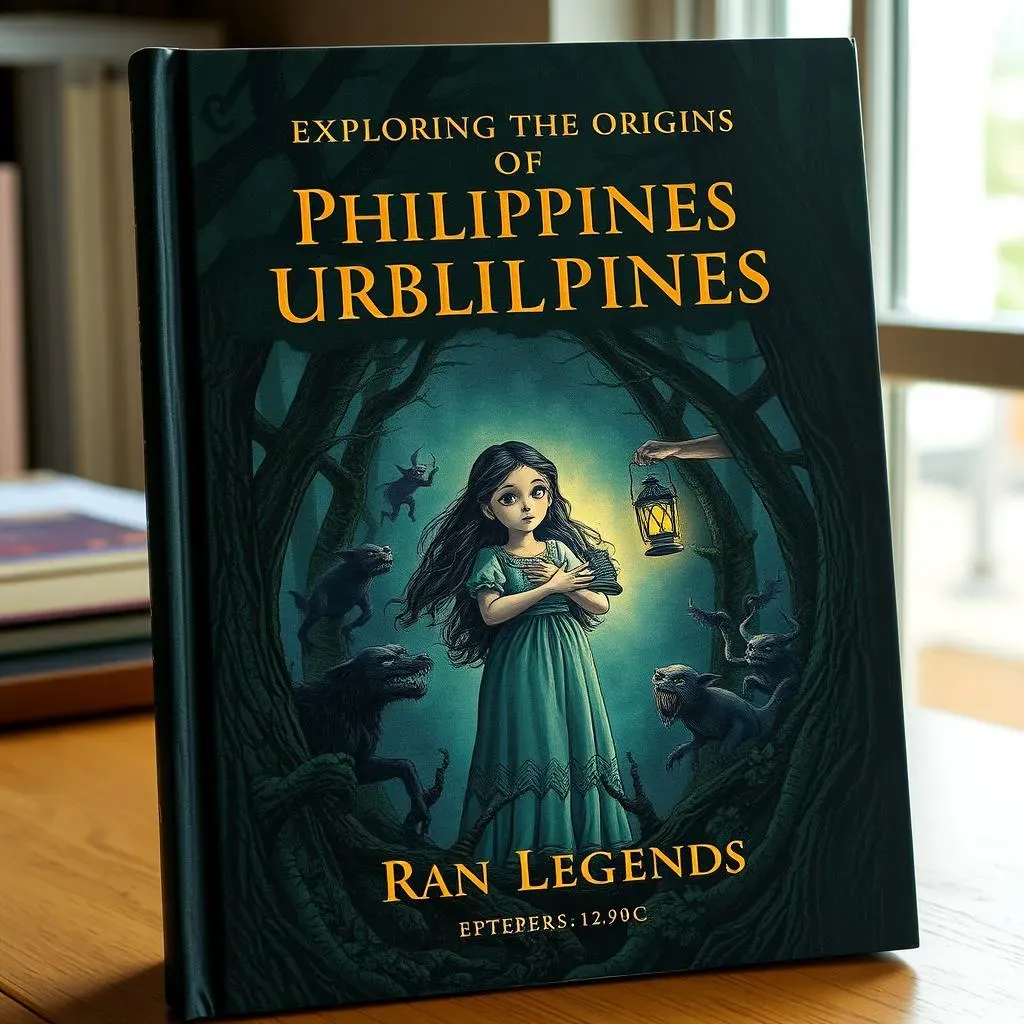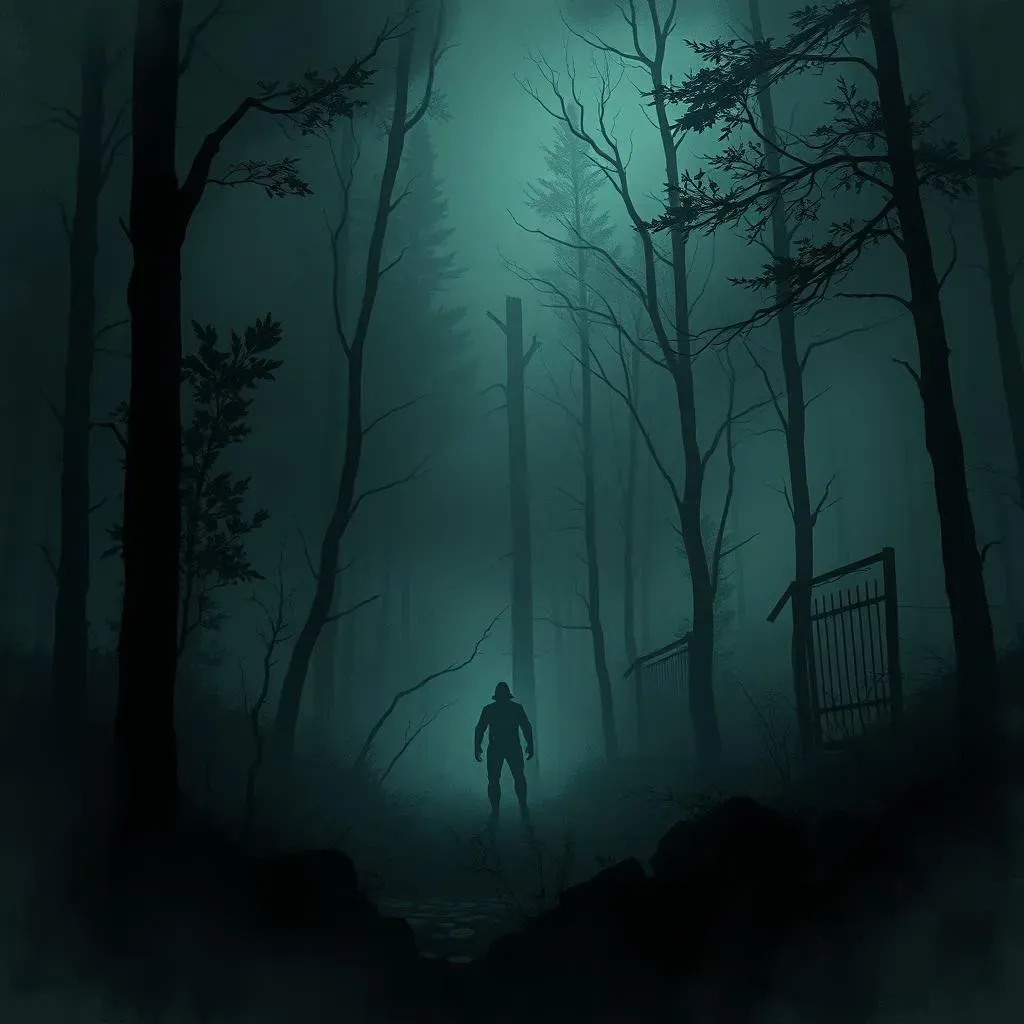Table of Contents
Ever felt a chill run down your spine from a spooky story? Well, the Philippines is full of them! We're not just talking about your average ghost tales, but the kind of stories that have been passed down through generations, becoming a part of our culture. These are the urban legends of the Philippines, and they’re more than just campfire stories. From the eerie whispers of the "White Lady" on Balete Drive to the chilling tales of the Manananggal, these stories have a way of sticking with you. This article isn't just a simple "philippines urban legends list"; it’s a journey into the heart of Filipino folklore, exploring the origins of these spooky narratives, and why they still captivate us today. Get ready to explore the most famous tales, understand why these stories came to be, and discover why they continue to haunt our imaginations. Let's get started, if you dare!
The Most Famous Philippines Urban Legends
The Most Famous Philippines Urban Legends
Okay, so you wanna know about the really famous Philippines urban legends? Let's start with the classics. First up, we've got the "White Lady" of Balete Drive. This isn't just any ghost; she's practically a celebrity in the Philippines. People say she's a woman who died in a car accident, and now she appears to drivers late at night. Then there's the Manananggal, a creature that can split its body in half, leaving its lower torso behind while it flies around, looking for its next meal. Seriously, it's terrifying. And who can forget the stories of the Aswang, a shapeshifting monster that has all sorts of creepy variations depending on the region? These are the stories that make you check under your bed before going to sleep, even if you're not a kid anymore!
Then, there are the slightly more modern legends, like the creepy tales surrounding Robinsons Galleria. The story goes that a snake-like creature lives in the basement and that the mall was built on a burial ground. It's enough to make you think twice before going shopping! And let's not leave out the tales of haunted schools and hospitals, where whispers of past tragedies echo through the halls. Each of these stories has its own unique flavor, but they all share that common thread of the spooky and the unexplained. These are the stories that are always being told, the ones everyone knows, and the ones that truly make up the core of the Philippines urban legends.
Legend | Description | Why It's Famous |
|---|---|---|
White Lady of Balete Drive | Ghost of a woman killed in a car accident. | Iconic, widely known ghost story. |
Manananggal | Creature that splits in half and flies. | Unique, terrifying monster. |
Aswang | Shapeshifting monster with regional variations. | Widespread, varied and scary. |
Robinsons Galleria Snake Creature | A snake-like creature living in the mall's basement. | Modern, creepy shopping mall legend. |
Exploring the Origins of Philippines Urban Legends
Exploring the Origins of Philippines Urban Legends
Ancient Roots and Oral Traditions
So, where do these creepy stories come from anyway? Well, many of these Philippine urban legends have roots in ancient folklore and oral traditions. Before there were books and movies, people told stories around the fire, and these stories often contained elements of superstition, fear, and respect for the unknown. Think of it like a game of telephone, but with scary monsters and mysterious happenings! These tales weren't just for entertainment; they were often used to teach lessons, explain the unexplainable, and keep people in line. If you didn't behave, maybe the Aswang would come for you!
These stories evolved over time, incorporating new fears and anxieties. As different cultures influenced the Philippines, the legends adapted, adding layers of complexity and local color. For example, some stories might have origins in pre-colonial beliefs about nature spirits and supernatural creatures, while others might have been influenced by Spanish colonial-era fears and religious ideas. It's a big mix of old and new, all swirling together into these fascinating urban legends.
The Impact of Colonization and Modernization
Colonization and modernization played a huge role in shaping the urban legends we know today. The Spanish brought their own set of beliefs, which mixed with existing Filipino myths, creating a whole new breed of spooky tales. Think of it like a creepy cultural fusion! The introduction of new technologies, like cars and buildings, also gave rise to modern legends. The "White Lady" of Balete Drive, for example, wouldn't exist without cars and roads. The urban environment itself became a backdrop for these stories, turning ordinary places into sites of fear and mystery.
As the Philippines became more urbanized, new anxieties and fears emerged, which in turn, gave birth to new stories. The fear of crime, the stress of city life, and the loss of traditional beliefs all found their way into these legends. It's like the stories are constantly being updated to reflect the changing landscape of Filipino society. The tales surrounding malls, hospitals, and schools are often modern takes on older fears, repackaged for a new generation.
Influence | Impact on Legends |
|---|---|
Ancient Folklore | Provided basic archetypes and beliefs. |
Spanish Colonization | Introduced new religious and supernatural elements. |
Modernization | Created new settings and fears. |
Why We Keep Telling These Stories
But why do we keep telling these stories? Why do they continue to fascinate us? Well, they serve a lot of purposes. For one, they're a way for people to make sense of the world and express their fears and concerns. They're also a way to pass down cultural values and beliefs. Think of them as a strange sort of history lesson, wrapped in a spooky package.
These legends also offer a form of entertainment and a shared experience. Everyone in the Philippines knows about the White Lady or the Manananggal, and sharing these stories creates a sense of community and connection. It's like a big, spooky club that everyone's invited to join. And let's be honest, there's a certain thrill in being scared, as long as you're not alone! These stories remind us that there's still a sense of mystery and the unknown in the world, even in our very modern lives. They're a little bit scary, a little bit fun, and completely unforgettable.
"The stories we tell shape the world we live in. Urban legends are the shadows of our fears, cast into the light of our collective imagination." - A Filipino Storyteller
Why We Still Talk About Philippines Urban Legends
Why We Still Talk About Philippines Urban Legends
So, why do we keep yapping about these spooky stories? Well, it's not just because we enjoy a good scare. These urban legends are actually pretty important to Filipino culture. They’re like a living, breathing history book, but instead of boring dates and names, you get terrifying creatures and ghostly encounters. Think of it as a way to connect with our past, with the stories of our grandparents and their grandparents before them. Plus, let’s be real, who doesn't love a good mystery? These stories tap into that part of us that wonders about the unknown, about the things that can't be explained by science or logic. It's a little bit thrilling, a little bit unnerving, and completely addictive.
Beyond the spooky fun, these legends also act as a way to teach lessons and keep people in check. It's like, "Hey, don't go wandering around at night, or the Aswang might get you!" It's a bit like a scary version of "look both ways before you cross the street." They also help us understand our fears and anxieties. When we tell stories about haunted hospitals or creepy malls, it's a way to talk about the things that worry us most. And finally, they just make life more interesting, right? These stories add a layer of mystery to our everyday lives, making even a trip to the grocery store feel a bit more adventurous. It’s like, “Did I just see something move in the shadows? Probably just my imagination... or maybe not!”
Reason | Explanation |
|---|---|
Cultural Connection | Links us to our past and traditions. |
Fascination with the Unknown | Taps into our curiosity about the unexplained. |
Teaching Lessons | Provides moral guidance and cautionary tales. |
Shared Experience | Creates a sense of community through storytelling. |
